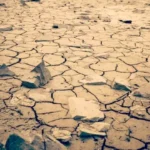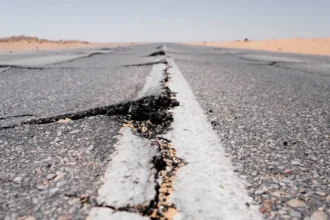What happens when the ground beneath a major city starts shaking more often? In Concord, California, residents experienced their fourth small earthquake in just one day, and scientists say this could be a warning sign of something much bigger coming.
According to DailyMail reports, the latest tremor measured 3.2 in strength and struck on Friday afternoon.
Understanding What This Earthquake Strength Really Means
A 3.2 magnitude earthquake might sound scary, but it’s actually quite gentle compared to dangerous quakes. Think of it like a heavy truck driving past your house – you feel it, but nothing breaks.
However, when four of these happen in 24 hours near the same fault line, scientists pay close attention because it suggests the underground rock layers are becoming more active.
Why Concord’s Location Makes Scientists Worried
Concord sits just 25 miles from San Francisco and only 5 miles from the famous Hayward Fault. This fault line stretches for 74 miles underground, like a giant crack in the earth’s surface.
The US Geological Survey and University of California, Berkeley scientists study this area because over 120,000 people live in Concord alone, with millions more nearby who could be affected by a larger earthquake.
Warning Signs Scientists Are Watching
- Multiple small earthquakes happening close together, which can indicate increasing pressure building up underground
- The 144-year gap since the last major earthquake in 1868, because this fault typically produces big earthquakes every 140 years
- Geological stress measurements showing that underground rock layers are pushing against each other with growing force
Comparing Past and Future Earthquake Impacts
| 1868 Major Earthquake: Caused significant damage when fewer people lived in the area and buildings were simpler structures | Predicted Future 7.0 Earthquake: Could cause 800-2,500 deaths due to dense population and complex infrastructure that might collapse |
The earthquake happens because massive underground plates slide past each other like rough hands rubbing together. When they get stuck, pressure builds up until they suddenly slip, releasing energy that shakes the ground above.
Scientists warn there’s a very high chance of a major earthquake hitting this area within 30 years, possibly by 2032. Understanding these warning patterns helps communities prepare better for what might come next.











